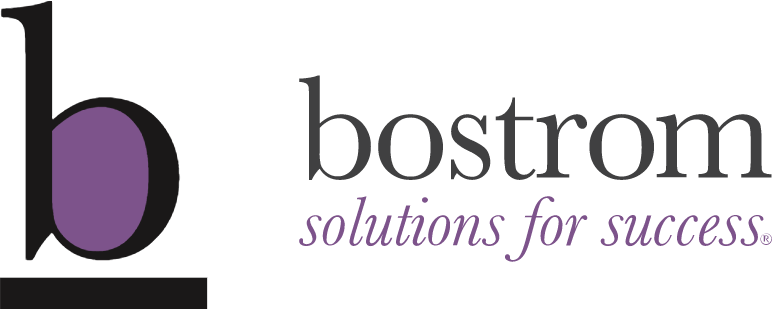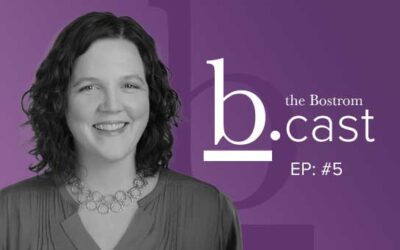In past issues, we’ve addressed branding, agile marketing, and the critical importance of culture. As a professional services firm, our largest asset is our people, so culture has the potential to greatly affect the sustainability of our company. The same holds true for the Association world – staff, volunteer leaders, members and partners constitute the culture and directly influence the future of the association and its ability to advance its mission.
As our own company has undergone major transformation in our brand, culture and strategic priorities, we used a tool to help us align these initiatives and allow our marketing and messaging to clearly and concisely portray what Bostrom is all about.
The framework we adapted and have started using with our association clients was developed by Stephen Greyser and Mats Urde of Harvard called the Corporate Brand Identity Matrix (CBIM). The exercise we’ve done guides an executive team through a structured set of questions about the association. Each question focuses on one element of the organization’s identity. There are nine elements in total, and the matrix is organized in three layers: internally oriented elements on the bottom; externally focused elements on top; and those that are both internal and external in the middle.
Bostrom does this with associations who have a clear value proposition they adhere to but need to align their culture, marketing and messaging to power and integrate their internal and external communications more effectively.
The CBIM also identifies culture alignment, value proposition, and key branding elements to be used in all of an organization’s creative endeavors. This matrix provides an added layer of consistency you can give to partners, marketing and social media staff and volunteers who create and distribute content for the organization. This alignment also results in greater commitment to the brand, sharper positioning (especially differentiation) in the marketplace, a stronger sense of belonging to the group, and more coherent marketing and communications.
Greyser and Urde have case studies of this technique and have used it with non-profits. You can read the full article on their work at https://hbr.org/2019/01/what-does-your-corporate-brand-stand-for. Bostrom’s first use of this was during a strategy session for an association client was in July with the Professional Insurance Marketing Association (PIMA). PIMA had recently transformed its organization with a new digital strategy, tightened up brand, persona development and content strategy and were primed for this type of session. The outcome of the session is now being used on every level of content created for the organization – emarketing campaigns, social media posts and website content to name a few.
When all elements of an association’s matrix are aligned, each will reflect and echo the brand core, resonating with the association’s values and what the brand stands for. The strategy sessions Bostrom has performed with associations reveal whether their brand identity is well integrated and, if it isn’t, highlights where gaps and opportunities lie. We recommend performing this exercise with executive staff and a small group of volunteer leaders to be most effective. In addition, prework should be done to gather existing content for the group to react to instead of using valuable session time to build from scratch.
The alignment of all of these elements leads to the brand core summing up the essence of the association’s culture, values, mission, vision, and differentiating value proposition. This tool strengthens your marketing activities and brings consistency to how staff and volunteers view and communicate internally and externally.






